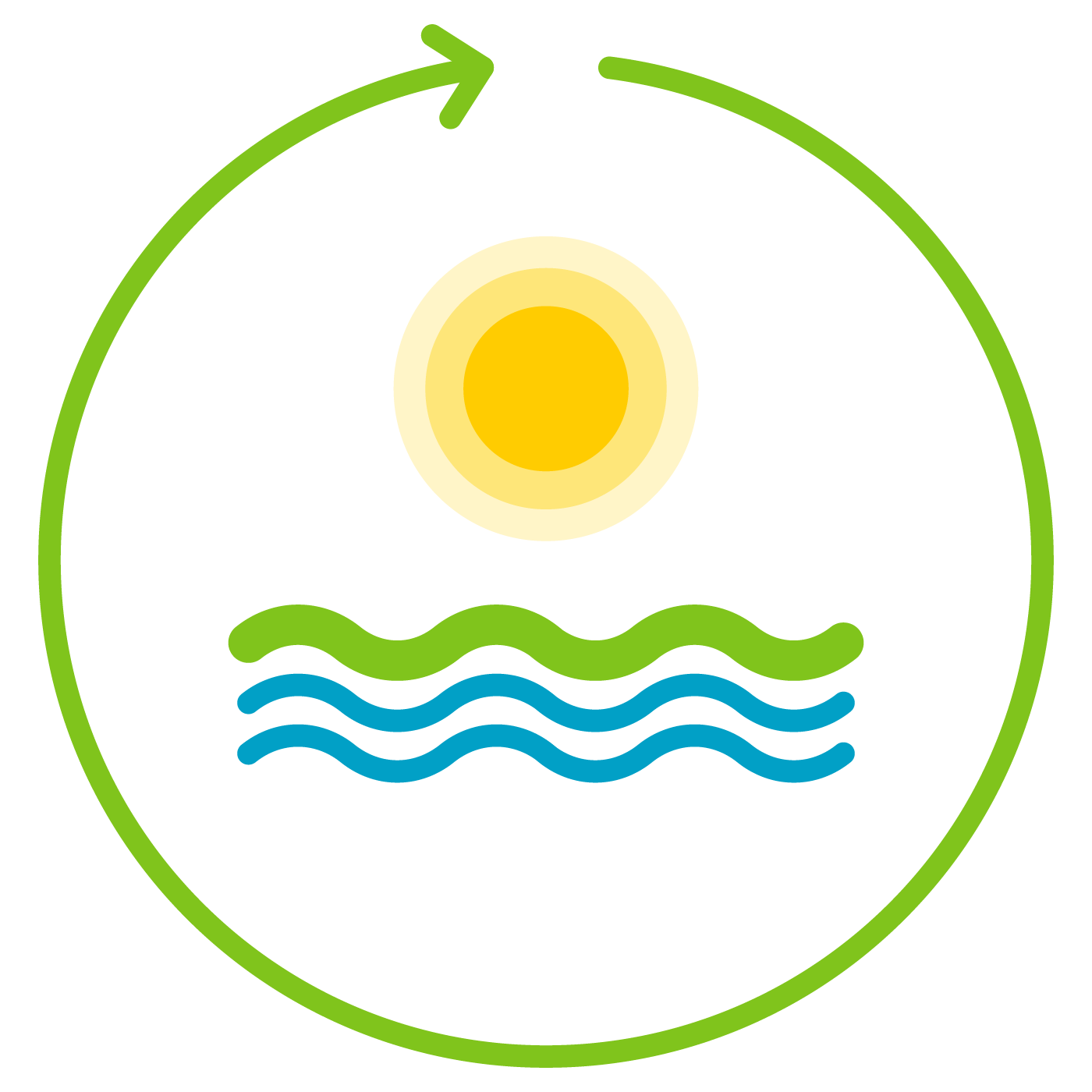The Bioresource Vision Chair plays a vital role in advancing the strategic vision and initiatives related to bioresources within the World Bioeconomy Association (WBA). This position is crucial for promoting sustainable management and utilization of bioresources to support a circular and bio-based economy. The Ambassador is responsible for leading discussions, projects, and collaborations that enhance the sustainable use of natural resources and contribute to ecological and economic resilience.

A bioresource vision emphasizing the importance of sustainable management and utilization of natural resources to support a circular and bio-based economy. This vision highlights the potential for innovative and integrated approaches to optimize resource use, enhance biodiversity, and contribute to ecological and economic resilience.

The Chair of Biotechnology Vision plays a critical role in guiding the strategic direction of biotechnological initiatives within the World Bioeconomy Association (WBA). This position involves spearheading discussions and leading projects that are crucial for promoting sustainable biotechnological practices, optimising resource use, and enhancing biodiversity. The Chair is responsible for integrating ecological and social perspectives into the development of biotechnological solutions.

A biotechnology vision, emphasising the importance of biotechnology and biomanufacturing research, for application and commercialisation in different sectors.

The Bioecology Vision Chair’s role is pivotal in championing the World Bioeconomy Association’s commitment to ecological harmony and social considerations. Leading discussion around this topic, the Bioecology Vision Chair drives initiatives with sustainable practices to optimise land, energy, nutrient usage, promote biodiversity, reinforce crop and include social relationships with the environment.

A bioecology vision, highlighting the importance of ecological processes that optimise the use of land, energy and nutrients, giving space for promoting biodiversity, strengthen crop plants by out-phasing pesticides and protect soil quality against degradation. While the previous two visions are technology-focused and give a central role to RD & D in globalised systems, this vision emphasises the potential for regionally concentrated circular and integrated processes and systems.
